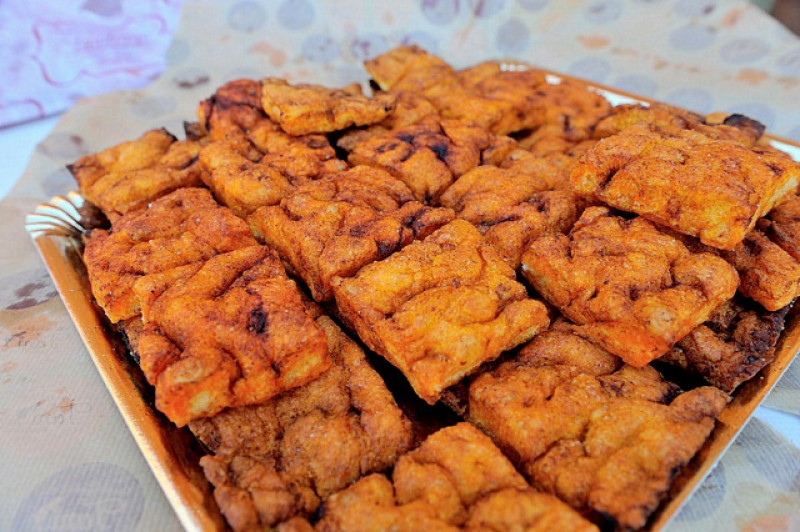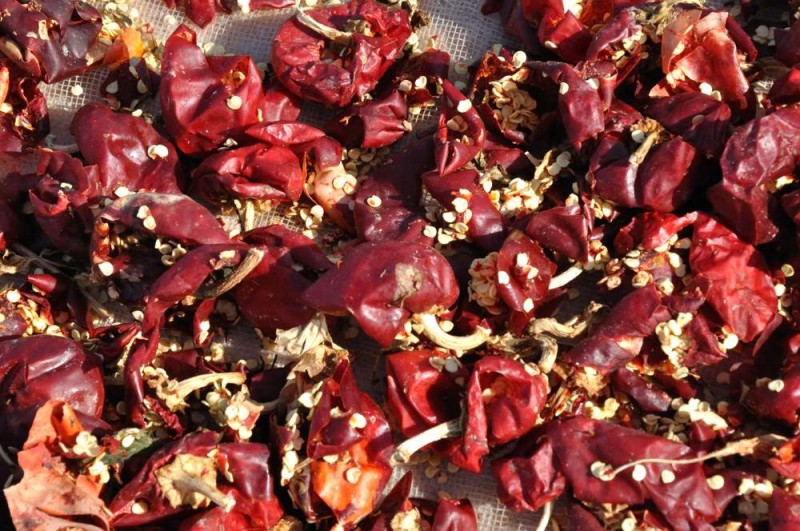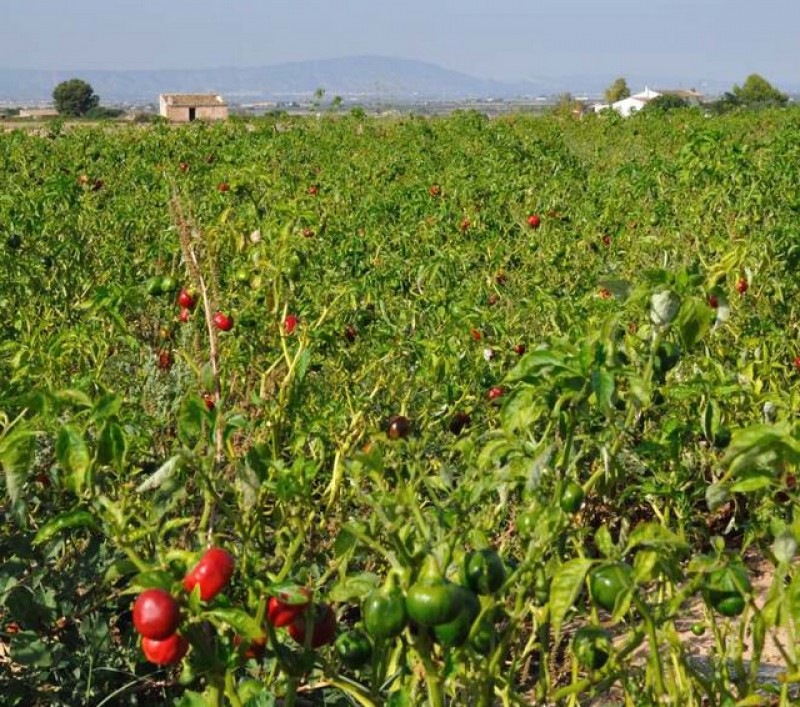

- EDITIONS:
 Spanish News Today
Spanish News Today
 Murcia Today
Murcia Today
 Alicante Today
Alicante Today
Torta de Pimiento Molido: A Totana speciality
This can also be found in other areas of the south-west of Murcia, each claiming it as their own!
 Every municipality of the Region of Murcia has its own local specialities or culinary peculiarities, usually linked to the local production of a specific ingredient or tradition.
Every municipality of the Region of Murcia has its own local specialities or culinary peculiarities, usually linked to the local production of a specific ingredient or tradition.
Making a point of sampling these when visiting the municipality is always worth the effort, and finding a location where the product is sold usually opens the doors to a whole raft of new opportunities which make exploring such an enjoyable part of spending time in the Region.
The municipality of Totana lies in the south-west of Murcia, at the foot of the Sierra Espuña and within a large expanse of flat agricultural land, where many crops are cultivated, including salad greens and green vegetables such as broccoli in the winter months, much of which is exported to the rest of Europe including the UK, olives, almonds, artichokes and Murcian round peppers, which are dried out and ground to make a rich, peppery red pepper, very much like traditional pimiento, but a deeper, richer colour and with a smokier flavour.

This can be bought loose by the ounce in ground form in street markets or as dried “bola” peppers from all spice stalls throughout the year.
During the late summer it’s common to see rafts of these little red peppers drying in the sun in this area and traditional farmhouses will often have strings of home grown bola peppers hanging up in the kitchen or store-room.
They’re used in many recipes, but one of the most typical of southern Murcia is Torta de Pimiento Molida.
This is a traditional dish, eaten throughout the year and made at home for family celebrations, or sold in many cake shops and bakeries. In Totana, and other areas of southern Murcia, it can be purchased in virtually any bakers baking and selling its own bread.
It’s sold in slices, or can be ordered for a special occasion baked to your own specification. In private homes it’s often baked in flat, moulded dishes or baking trays.

The Torta is a bread base, but is made using olive oil and lots of ground red pepper within the mix, creating a warm, satisfying bread, which has a smoky taste of the Mediterranean, but a cheeky back bite from the red pepper. It’s often eaten alone as a snack, but is fabulous with plump tomatoes, finely sliced red onions drizzled with olive oil, oregano and salt, olives, Spanish hams or oily fish, such as sardines, mackerel or dorado.
Leftovers can even be popped under the grill and served with cream cheese, queso fresco or a mild goat or sheep cheese, alongside a green or tomato salad and it also freezes well.
It’s very inexpensive and well worth the effort of tracking down if you’re visiting the town of Totana.

The town is best known for the La Bastida archaeological site and for its artisan traditions, with shoes and ceramics made locally (see shopping and markets Totana). The weekly street market in Totana is on a Wednesday, with lots of excellent fruit and veg on offer, as well as many other products and household items.
And of course, local bakers will be happy to sell you a few slices of Torta de Pimiento to go with all that fresh salad and olives purchased at the market!
Click for more information about the municipality of Totana.




































